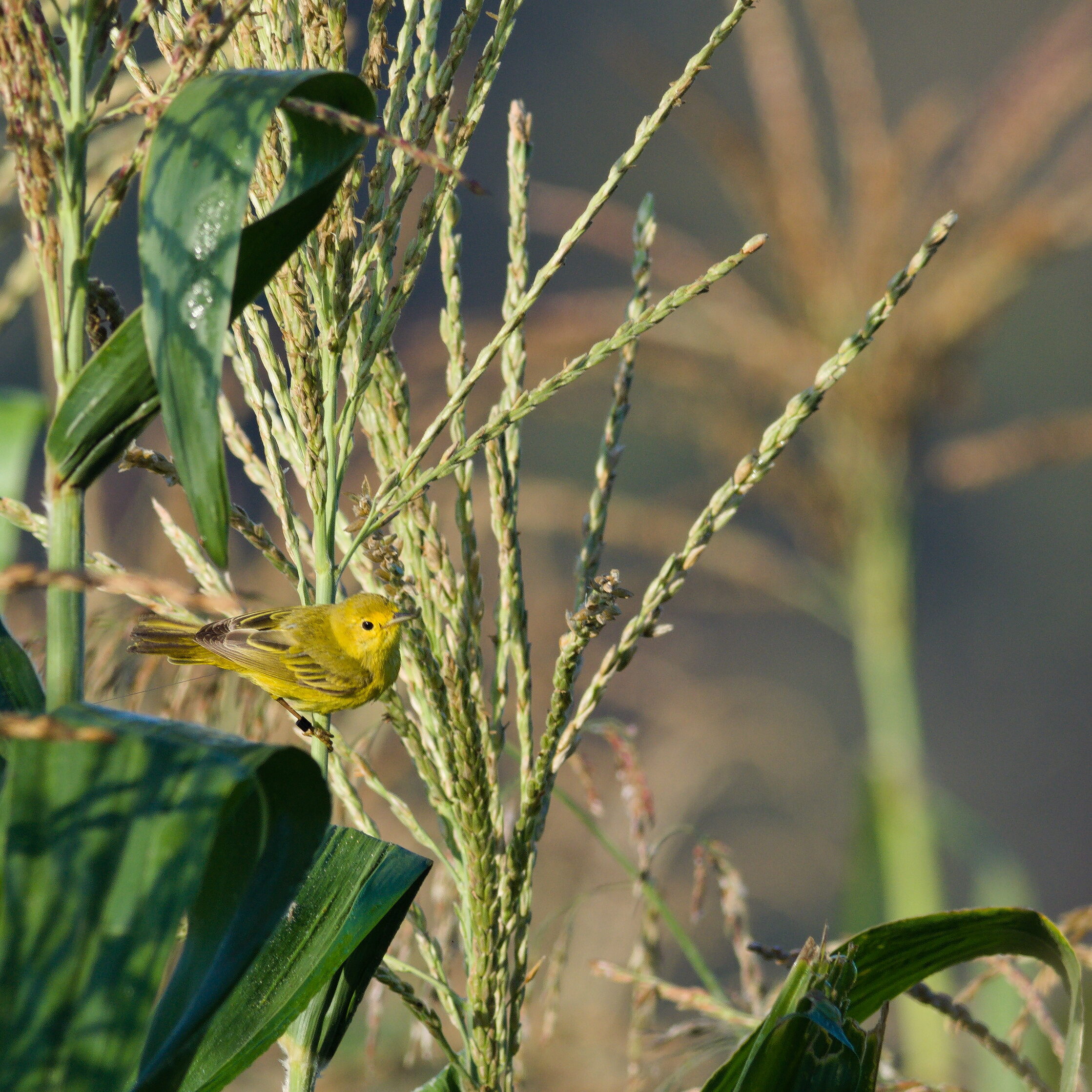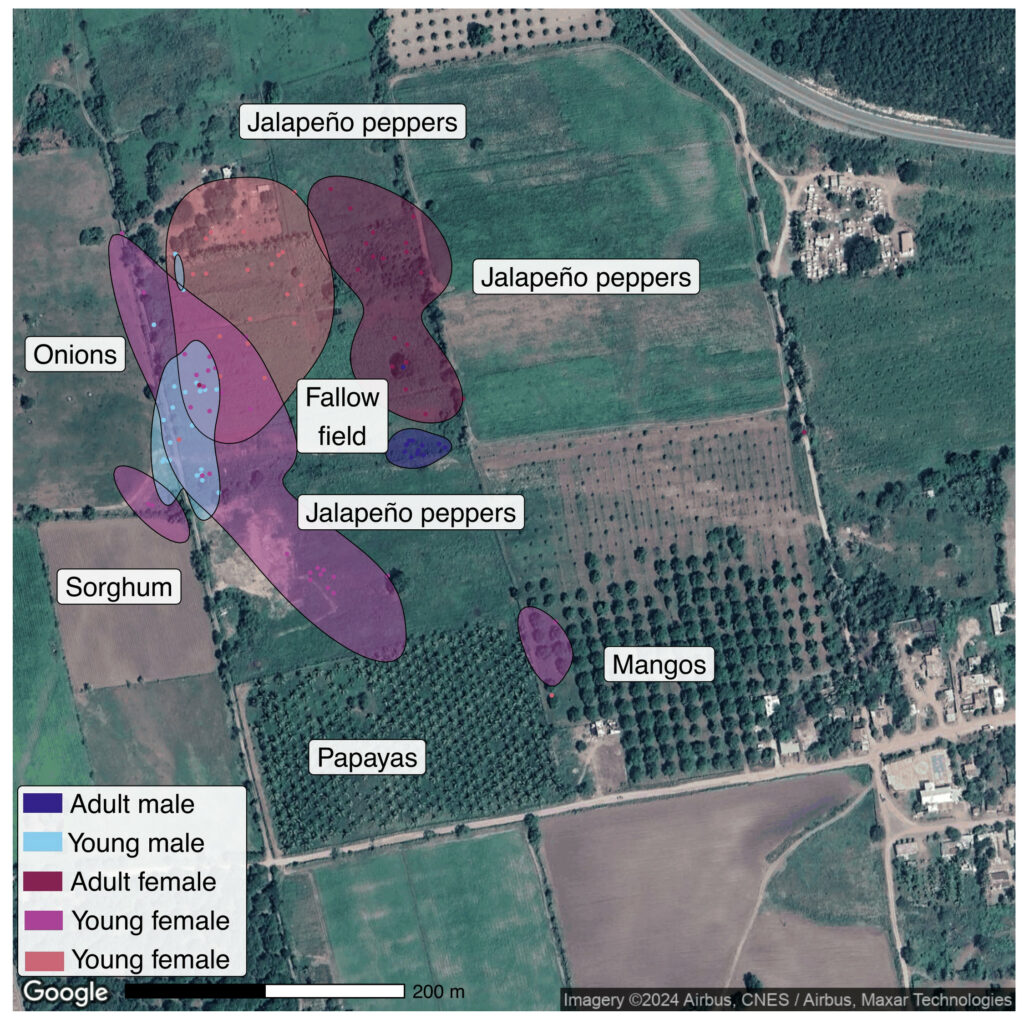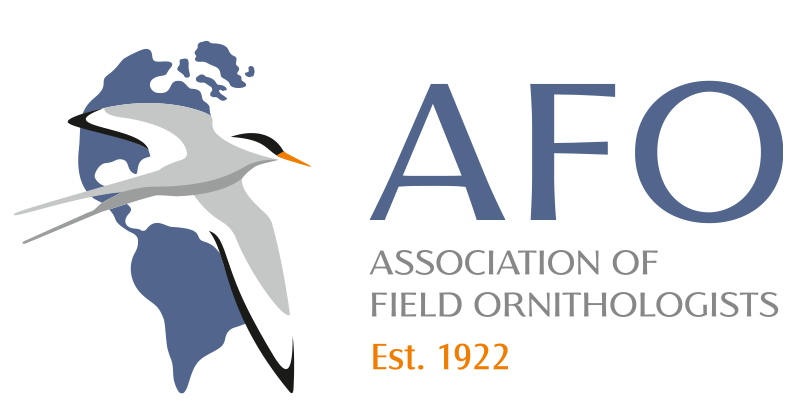Neotropical landbirds spend up to 8 months of the year at wintering sites in Mexico or Central and South America. As during the breeding season, many species compete for and defend territories during this time. Western Mexico hosts the highest diversity and density of wintering migrants in the Americas, resulting in strong competition for wintering sites. Birds that are unable to acquire a high-quality territory may be forced into suboptimal wintering territories or abandon territoriality altogether and forage over large, non-exclusive, home ranges: strategies that may result in lower survival rates. If a specific population segment is disproportionally forced into adopting suboptimal wintering strategies (for example, young females), this competitive process can carry over to negatively impact breeding productivity and species populations.
As Neotropical habitats are converted to agriculture at a rate of 3.5 million ha annually, more and more birds are forced to overwinter in agroecosystems. We know very little about how birds use prevalent seasonal crops in western Mexico such as maize and sorghum. Do these seasonal crops provide suitable wintering sites for migratory landbirds? Do competitive interactions affect how birds distribute themselves in such agroecosystems? What are the consequences of land conversion for migratory bird survival?

We radio tracked 49 Yellow Warblers wintering in Mexico to answer these questions. We tracked birds in agriculture and across two natural habitats of known quality for Yellow Warblers: high quality riparian forest and low-quality coastal vegetation.
As we expected, birds in the highest quality habitat (riparian forest) had smaller home ranges than those in the lowest (coastal vegetation), likely in response to differences in food density. Across all land covers, males tended to have smaller home ranges than females, with larger males having the smallest territories. This indicates that large males acquire higher quality territories at our field sites. Territory size in agriculture was highly variable, suggesting agricultural land is not of one quality “type”. Larger males tended to have small home ranges consisting of a single tree in the live fences dividing the fields. Females and smaller males tended to have large, non-exclusive, home ranges within cropland where several birds foraged (see picture). Interestingly, we did not find differences in apparent inter-annual return rates related to home range size, but our previous work shows that females have lower within-season survival across all land covers.
To our surprise, Yellow Warblers in agriculture actively foraged across a wide variety of standing crops and moved among fields., producing some of the largest home ranges in our sample. We could not have discovered this usage without radiotracking, as these crops were dense enough to hide birds within them. To our knowledge, this study presents the first quantification of space-use of a neotropical migrant within seasonal agriculture.
Our study shows that some of the features present at our agricultural sites, such as diverse crop plantings, and small fields divided by hedge rows and trees, provide foraging opportunities for wintering Yellow Warblers. Moreover, we show that different segments of the population rely of different elements of the agricultural landscape for survival during winter. These findings have important implications for neotropical migratory bird conservation in Latin America, where agricultural intensification is expected over the next three decades. Industrialized agriculture and increased pesticide use may disproportionally impact females who are excluded from high-quality sites and forage in crops more frequently than males. There is an opportunity to identify the key components of low-intensity cultivation that allow this form of agriculture to provide bird habitat. Retaining these components could ensure co-benefits for people and birds in the future.
This research was completed as part of the PhD thesis by Dr. Simon Valdez Juarez


Simon O. Valdez Juarez
Simon Fraser University
Burnaby, BC, Canada
The results of this study were recently published in the Journal of Field Ornithology:
Valdez Juarez, S. O., D. J. Green, and E. A. Krebs. 2024. Larger male Yellow Warbler (Setophaga petechia) occupy smaller home ranges over winter in natural and agricultural sites in western Mexico. Journal of Field Ornithology 95(4):4. https://doi.org/10.5751/JFO-00553-950404.
Header photo: Yellow Warbler (Setophaga petechia) by JHunter | Getty Images.
